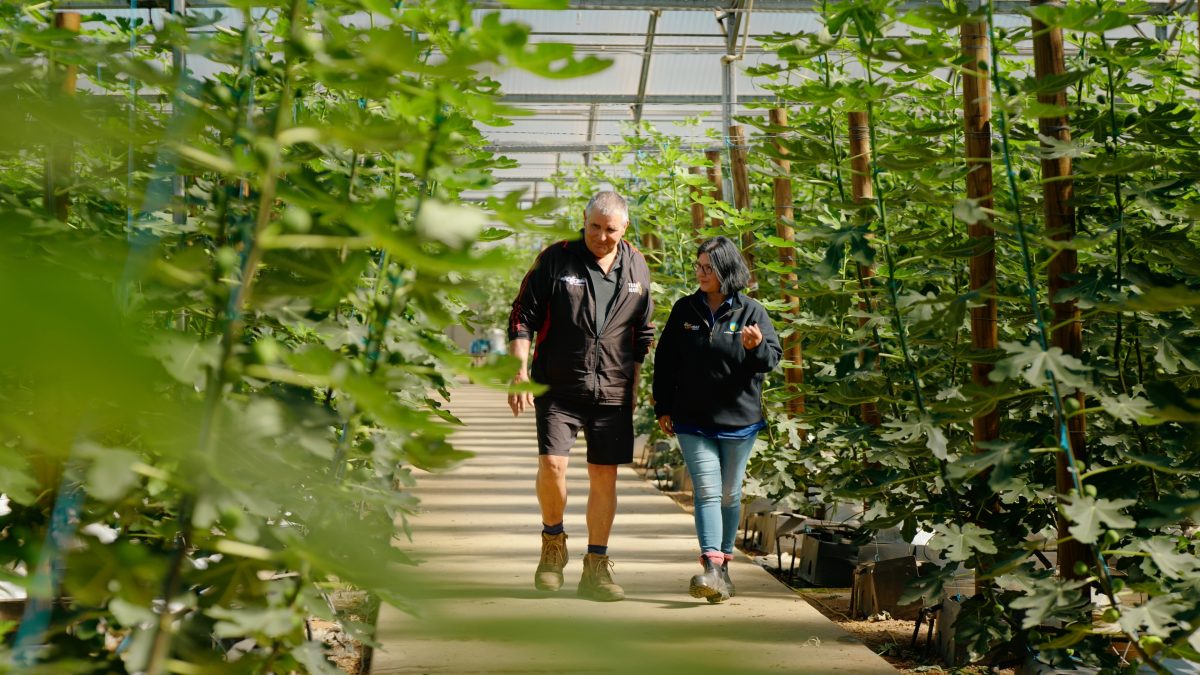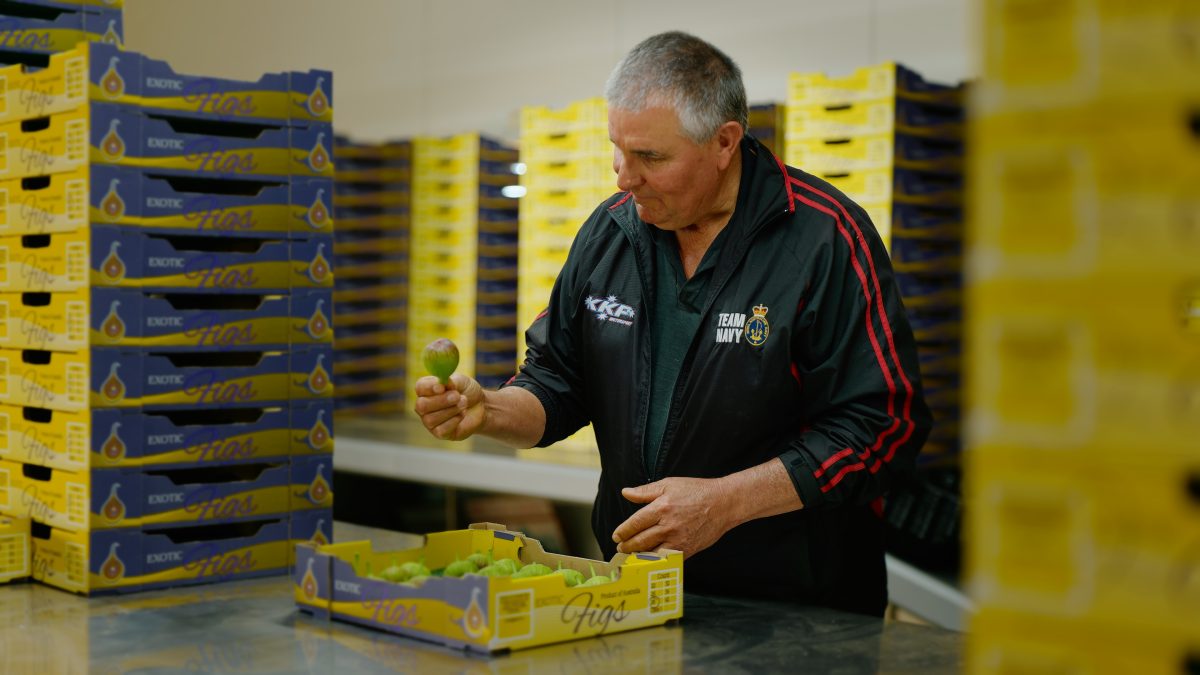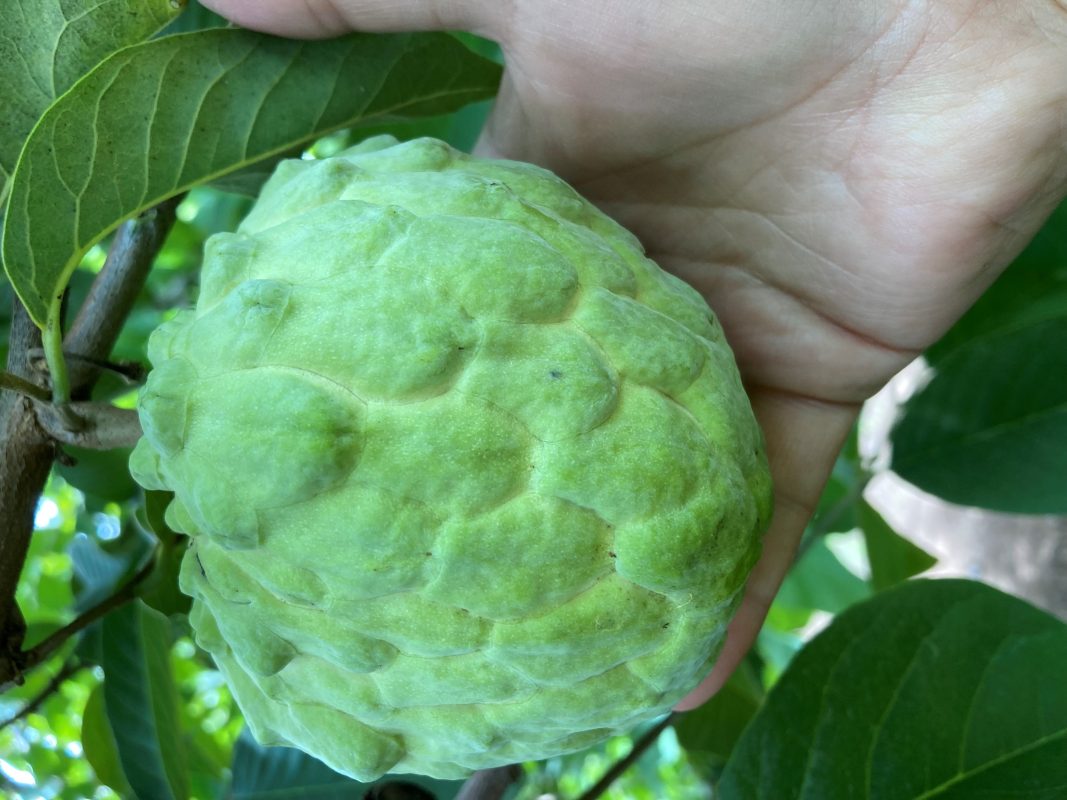WELL-KNOWN Bundaberg grower Ray Fulcher was tagged ‘Lucky Ray’ by his mates for his exploits growing tomatoes from the late ‘80s, and while there have been some challenges along his growing journey since, he might be hearing the same cheeky moniker again after his recent pursuits.
With his father being a police officer, Ray was regularly on the move through the north in his youth and became a diesel fitter before marrying a farmer’s daughter, his wife Keryn.
This introduced him to tomato growing, initially working for Keryn’s uncle before taking up an opportunity to grow tomatoes on his father-in-law’s property.
They steadily grew the business to about 500,000-600,000 ten-kilogram cartons per year from their 320-hectare (800-acre) property. It was a compact, well-run operation, and with Ray always seemingly having a win with tomatoes, he soon became known as ‘Lucky Ray’.
A trip to Israel then prompted a significant greenhouse investment and adoption of latest technologies for rose growing, and some spectacular production and returns resulted before unfavourable exchange rate moves and imports discouraged continuing.
A shed fire in 2004 that destroyed their computerised tomato packing facility also culminated in them later selling 280ha (700ac) of their property to Bundaberg Sugar.
However, the greenhouses continued and after trialling a couple of different crops, the Fulchers followed the lead of another grower into hydroponic fig production, under their own ‘Exotic Figs’ brand, and they have not looked back.
With the help of son-in-law Steve Hansen, Smartwater Irritech, they later installed a Rivulis automated irrigation system and new controllers for the greenhouse, plus added a new roof, with Ray’s son, Ryan, helping to build a roof walker to run in the gutters.
Drawing from a 40-megalitre bore water supply, the greenhouse is fed from three irrigation tanks, one containing potassium hydroxide to help lift the water pH to 6, another with fertilisers and trace elements and the third containing calcium and iron.
Ray said there was a lot of early experimentation with pH, nutritional EC levels and different nutrient recipes, and he had received great support from local agronomist Marija Tromp, Lindsay Rural.
The Fulchers consistently rely on quality fertilisers, adjusted to what the plants need and trace element requirements at the time.
“We cut the crop back in January, so at the moment they are little plants and we are irrigating for three minutes, eight times a day – and it all depends on the EC of the run-off water, so we monitor that,” Ray said.
“We use Haifa’s potassium nitrate, magnesium sulphate and MKP fertilisers and we have found them to be really good. They are proven products with Haifa.”
Temperature and humidity in the greenhouse also are constantly measured.
“You tear your hair out sometimes with what can happen, but we have lots of alarms,” Ray said.
The Fulchers commence picking the figs in May and it runs through until mid-January, including a niche market period during October-November when supply from open crops is low.
“We also enjoyed a good market period recently in December-January, when they were $50-$80 per tray,” Ray said.
In 2019, the Fulchers also purchased a neighbouring property with 500 custard apple trees and have since expanded it to an orchard of 3000 trees.
Supported by the use of soil moisture probes, the orchard is irrigated with an automated, under-tree sprinkler system around every 36 hours at 70 litres per hour.
Again, with the help of Marija, the Fulchers have enjoyed some good success with the custard apples.
“Marija is a great lady and a very good agronomist who gives good advice,” Ray said.
In the latest season, they decided to apply Haifa’s highly efficient potassium foliar fertiliser, Haifa Bonus.
Based on the company’s Multi-K potassium nitrate, Haifa Bonus contains pure, fully soluble nutrients, including phosphorus, and it is free of harmful compounds such as chloride, sodium, perchlorate and excessive sulphate. It also features a specially-developed adjuvant for better adhesion to leaf surfaces, improved absorption and prolonged action.
“We put the Haifa Bonus on from the first week of January at recommended rates,” Ray said.
“When you get heavy dews and rain, it continues activating, and we do get heavy dews here.
“We then started picking in the first week of February, which is really early, and we will be finished by mid-April, whereas sometimes we finish around mid-May or at the end of May.
“We were picking 20 pallets a week off a small patch and we were getting 12s in a tray, which is a good size.”
The Fulchers have also achieved good recent prices for their custard apples and, hence, after another season, it would seem ‘Lucky Ray’ is not about to lose his local affection anytime soon.
Media information: Rohan Howatson, Howatson PR Communications, on 0407 428 459.

Bundaberg grower Ray Fulcher checks the health of his greenhouse fig trees with local Lindsay Rural Agronomist Marija Tromp.

Ray takes a close look at the quality of some of the family’s hydroponic figs.

The Fulchers used Haifa Bonus fertiliser for their custard apple trees during the latest season and started picking good size fruit earlier, at the start of February. They expect to be completed by mid-April, whereas they have previously finished around mid-May to the end of May.
